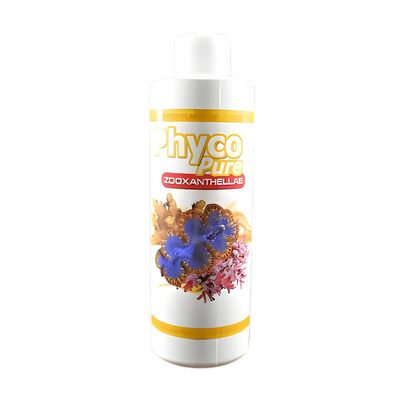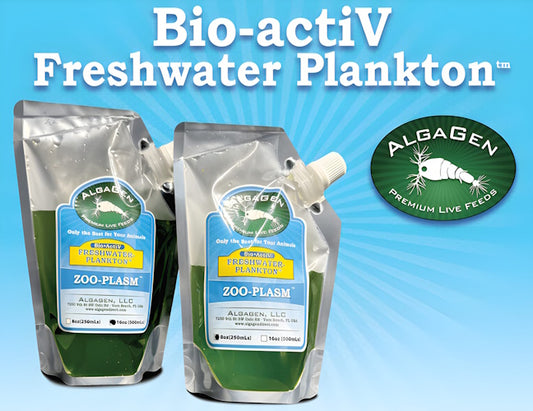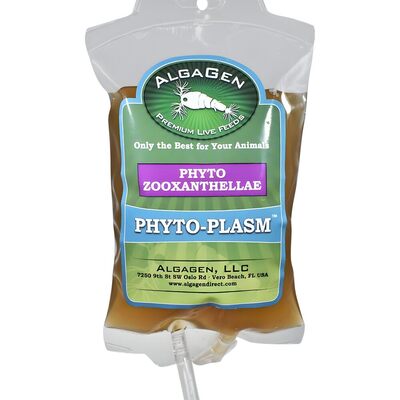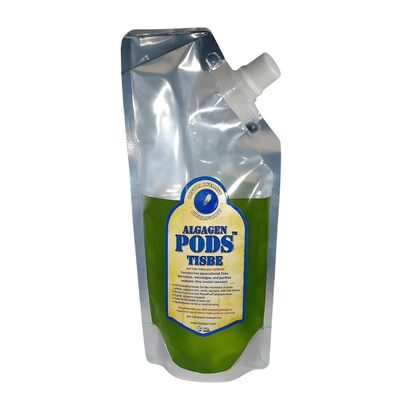Beneficial bacteria are the invisible backbone of every healthy aquarium. These microscopic organisms break down fish waste, detoxify harmful chemicals, and keep water parameters stable—making life safer for your fish and easier for you. Whether you keep freshwater or saltwater tanks, understanding the role of beneficial bacteria will help you maintain a balanced, thriving aquatic ecosystem.
What Are Beneficial Bacteria?
Beneficial bacteria are naturally occurring microbes that colonize surfaces in your aquarium—especially filter media, gravel, rocks, plants, and decorations. Their main job is to process waste products and keep the water safe for aquatic life. Unlike harmful bacteria, these “good guys” are essential for a stable, low-maintenance tank[1][2][3][5].
The Nitrogen Cycle: How Bacteria Detoxify Your Tank
- Ammonia Breakdown: Fish waste, uneaten food, and decaying plants produce ammonia, which is highly toxic to fish—even at low levels.
- Nitrite Conversion: Nitrifying bacteria (like Nitrosomonas) convert ammonia into nitrite, which is also harmful but less so than ammonia.
- Nitrate Formation: Another group of bacteria (like Nitrobacter) turn nitrite into nitrate, which is much less toxic and can be removed with water changes or absorbed by live plants[1][2][3][5].
Other Benefits of Beneficial Bacteria
- Decomposing Waste: Heterotrophic bacteria break down organic debris (uneaten food, plant matter), helping keep the tank clean and clear[1][3][5].
- Nutrient Cycling: Bacteria recycle nutrients, making them available for plants and other microorganisms. This supports a balanced ecosystem and healthy plant growth[5].
- Disease Prevention: A robust bacterial colony can outcompete harmful microbes, reducing the risk of disease outbreaks.
- Less Maintenance: With strong bacterial populations, you’ll need fewer water changes and less cleaning, as bacteria handle much of the waste processing[1][3].
Where Do Beneficial Bacteria Live?
- Filter Media: Sponges, ceramic rings, and bio-balls provide huge surface area for bacteria to colonize. This is the heart of your tank’s biological filtration[1][2][3][5].
- Gravel and Substrate: Bacteria thrive in the nooks and crannies of gravel and sand, processing waste that settles there.
- Decor and Plants: Rocks, driftwood, and plant surfaces also host colonies of beneficial bacteria.
How to Build and Support a Healthy Bacterial Colony
- Cycle Your Tank: Always cycle a new aquarium before adding a full fish load. This allows bacteria to establish and prevents “new tank syndrome.”
- Add Live Bacteria: Bottled bacterial supplements can jumpstart the cycling process and help after water changes or filter cleanings[1][3].
- Use High-Surface-Area Media: Products like ceramic rings or bio-blocks maximize space for bacterial growth.
- Avoid Overcleaning: Rinse filter media in tank water, not tap water, to avoid killing beneficial bacteria[1][3].
- Maintain Stable Water Parameters: Sudden changes in pH, temperature, or chlorine exposure can harm bacterial colonies.
Quick Reference Table: Beneficial Bacteria in Aquariums
| Bacteria Type | Main Role | Where They Live |
|---|---|---|
| Nitrifying (Nitrosomonas, Nitrobacter) | Convert ammonia to nitrite, then nitrate | Filter media, gravel, decor |
| Denitrifying | Convert nitrate to nitrogen gas | Deep substrate, anaerobic zones |
| Heterotrophic | Break down organic waste | All surfaces, water column |
FAQs: Beneficial Bacteria in Aquariums
Q: Can I see beneficial bacteria in my tank?
A: No, they’re microscopic. But you’ll see their effects: clear water, stable parameters, and healthy fish.
Q: Do I need to add bacteria regularly?
A: Once established, colonies are self-sustaining. Add bottled bacteria after major filter cleanings, medication, or big water changes if needed[1][3].
Q: How long does it take to establish beneficial bacteria?
A: Cycling a new tank usually takes 2–6 weeks, depending on temperature, bio-load, and use of bacterial supplements[1][3][5].
Pro Tips for Healthy Bacteria
- Use a high-quality bio-media in your filter for maximum surface area.
- Rinse filter media in old tank water, never tap water, to protect your colonies.
- Don’t replace all filter media at once—swap or clean half at a time to preserve bacteria.
- Consider using live bacterial products like PhycoPure™ Reef Blend or AlgaGenPods™ Tisbe to boost microbial diversity and natural balance.
“Beneficial bacteria are the silent workhorses of every aquarium. Support them, and your fish will thrive in a stable, crystal-clear environment.”
Further Reading & Product Spotlight
For more on biological balance, see Copepods and Amphipods: A Complete Care Guide and Top 5 Live Feeds for Thriving Reef Tank Ecosystems. For products that support microbial health, try PhycoPure™ Reef Blend or AlgaGenPods™ Tisbe.
Conclusion
Beneficial bacteria are the foundation of every successful aquarium. By understanding their roles and supporting their growth, you’ll enjoy a cleaner, healthier, and more resilient tank—with less work and happier fish.





Recent post